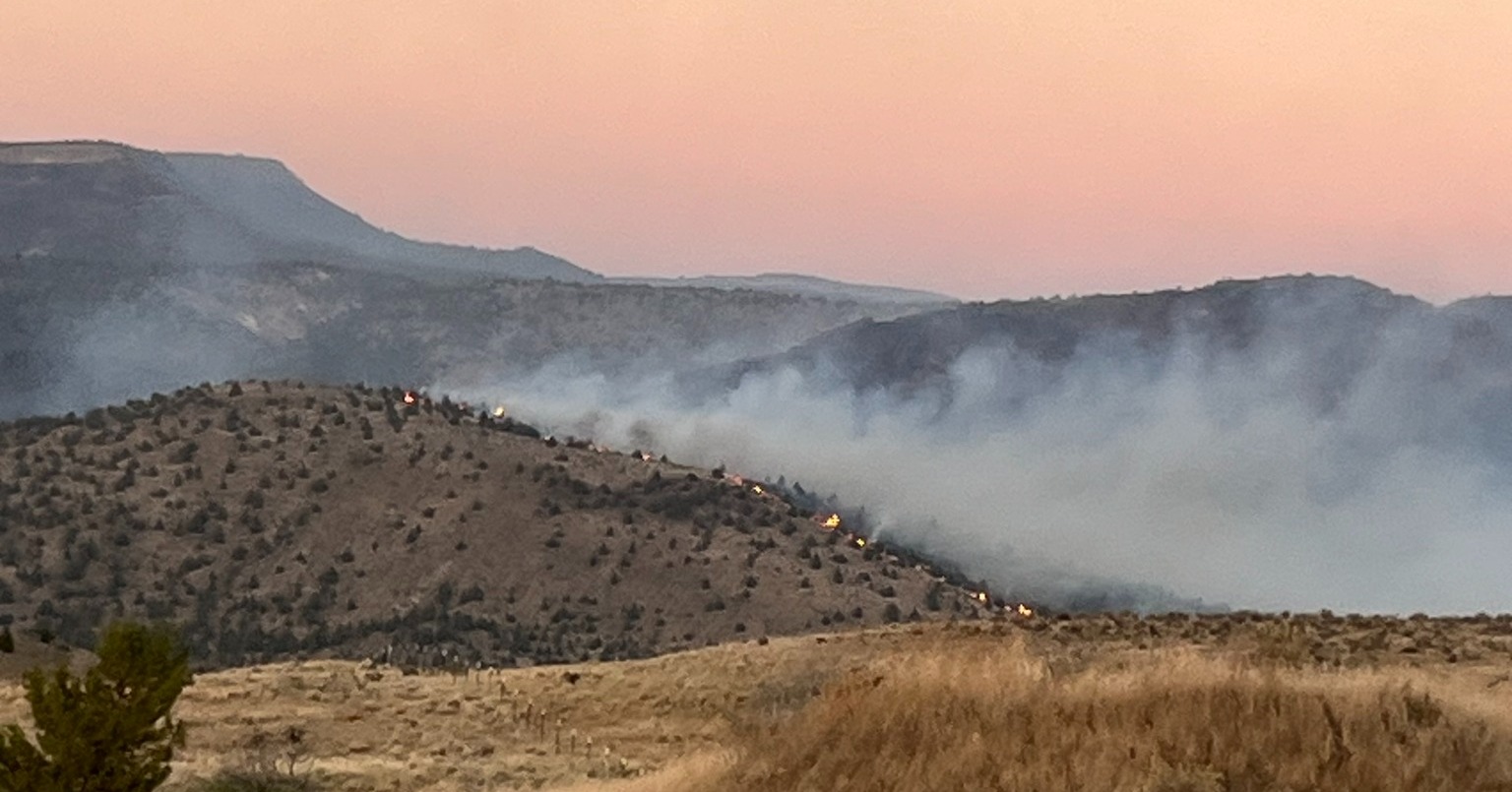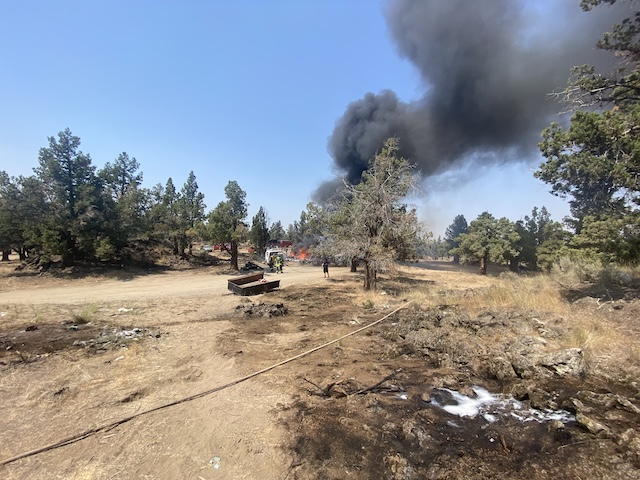Vertical Pioneers at Smith Rock, the birthplace of North American sport climbing
Published 3:55 am Friday, July 15, 2022

- Dave McRae puts in the work to develop a climbing route at Smith Rock.
Rock climbers today follow established routes up a wall. In sport climbing, bolts provide protection from long falls so climbers clip into them. A route typically ends at a set of anchors that the climber also clips into and then lowers back to the ground. Guidebooks and websites provide maps and descriptions of routes so climbers can choose which ones to try.
But how are these routes found? And who equips them with the bolts and anchors? Route developers put in the hard work, often spending several days to establish a new route and their own money to purchase the gear.
Trending
They are the pioneers of the vertical world, and the rest of the climbing community
enjoys the result of their labor.
Alan Watts, local legend and author of “Rock Climbing Smith Rock State Park,” started climbing at Smith Rock in 1975.
There weren’t many routes back then, and he quickly climbed all of them. He wanted better and harder routes, so he started developing more himself.
Just a few local climbers comprised the climbing community then, and they all knew one another well and climbed together often.
New routes were established by giving feedback and coming to a consensus about local ethics and best practices. This small group of extremely dedicated and talented climbers created the first, and some of the hardest, sport climbs in North America. Their legacy and reputation are known internationally.
Trending
In the decades since, Smith Rock and climbing have only grown in popularity. Climbers from around the world come to Smith to try these iconic routes. The increase in climbers brings unique challenges, including overcrowding at the state park. Some local climbers tire of the busy scene in main areas of the park. This led to a resurgence of route development at Smith Rock and in the broader Central Oregon area.
Alan Collins’ father climbed at Smith in the 1990s and developed new routes. Inspired by his dad, Collins knew he wanted to develop his own routes, too. He started to explore different areas of Smith Rock where there were few or no routes and fewer people. He discovered that a lot more rock in the area could be climbed.
“I went out with my dad to learn how to start the overwhelming process of developing a new route,” Collins said.
A lot goes into establishing a new rock climb. Aimee Roseborrough, another longtime climber in the Central Oregon scene, said she spends a lot of time staring at rock walls. She looks for interesting features that look climbable, then fixes a rope from the top and rappels down to see if the line could be climbed. That’s just the beginning though.
If the route looks good, developers then clean off any loose rock and decide where to put bolts and anchors. Roseborrough learned from a mentor and said “the relationship is incredibly invaluable because there are a lot of intricacies to route development. The decisions you have to make about where the bolts go to make a safe and enjoyable route are quite involved.”
Roseborrough has been climbing for over 20 years and never thought she’d enjoy route development because it’s so much work. But she discovered, “the work is extremely rewarding. It’s a nice way to give back to the climbing community.” Collins and Roseborrough both said the community is what they loved about climbing in Central Oregon.
Collins said, “The people keep me stoked.”
And Roseborrough feels “there are really enthusiastic climbers and developers here,” she said. “You could even say some of us developers are irrationally exuberant, but sometimes that’s what it takes to get hard work done.”
Roseborrough is well aware rock is a limited resource.
“We put a lot of thought into the routes we develop, and we care about the environment in Central Oregon,” she said. “It requires a lot of time and effort to develop quality routes and we’re not just putting up bolts unnecessarily.”
Watts feels he’s been “lucky to play a role in the route development here,” he said. And he’s “proud of how influential climbing in Central Oregon has been in America and to the rest of the world.”








